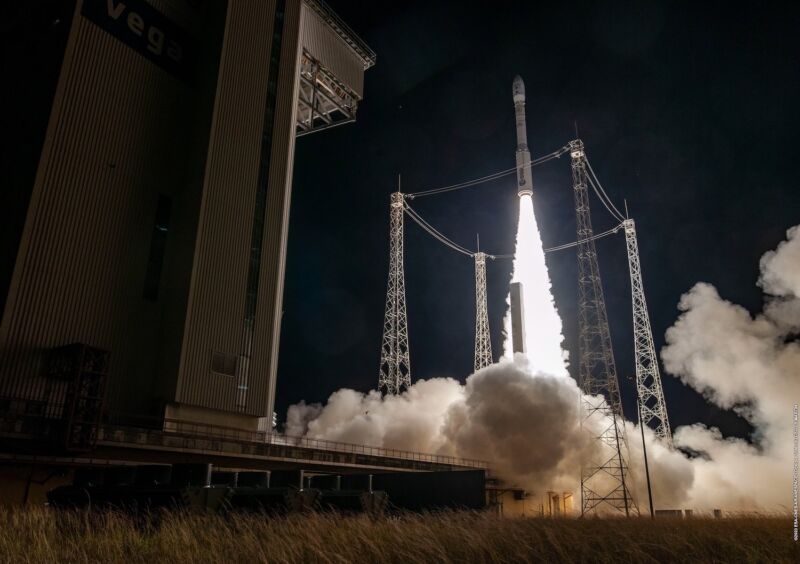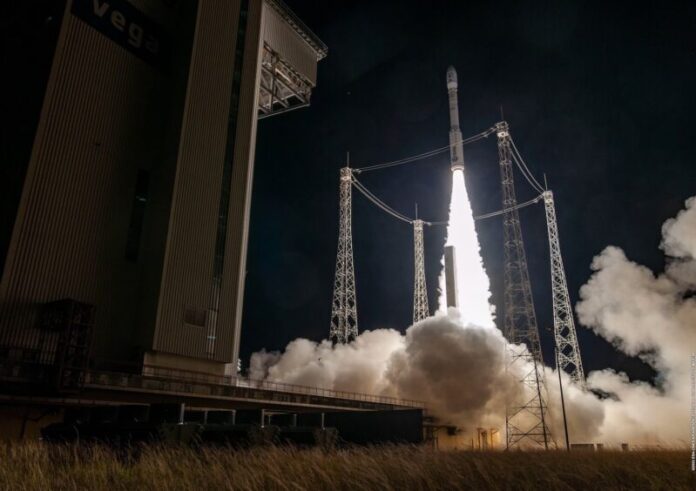
Enlarge / A Vega rocket rides a column of exhaust from its solid-fueled first stage, kicking off a mission to deliver 12 small satellites into orbit. (credit: ESA/CNES/Arianespace)
Welcome to Edition 6.15 of the Rocket Report! We're now more than three-quarters of the way through the year, and as of Thursday, there have been 156 orbital launches since January 1. Last year, which set a record for global launch activity, we didn't reach 156 orbital launches until mid-November. At the cadence set so far in 2023, we could end the year at roughly 200 orbital launches. We'll see if the world's launch providers, led by SpaceX and China, keep pace for next couple of months. I'm betting they do.
As always, we welcome reader submissions, and if you don't want to miss an issue, please subscribe using the box below (the form will not appear on AMP-enabled versions of the site). Each report will include information on small-, medium-, and heavy-lift rockets, as well as a quick look ahead at the next three launches on the calendar.

A Spanish rocket startup launched its first test flight. A Spanish launch company, named PLD Space, claimed success on Saturday after its suborbital Miura 1 rocket lifted off and achieved an altitude of 46 kilometers (29 miles) before plummeting into the Atlantic Ocean, Ars reports. Saturday's launch from Southern Spain is exciting for several reasons, but most notably because PLD Space is the first of Europe's new space launch companies to have some credible success. To that end, Saturday's modest flight represented the dawn of the European commercial space age.
Read 22 remaining paragraphs | Comments
Ars Technica - All contentContinue reading/original-link]




